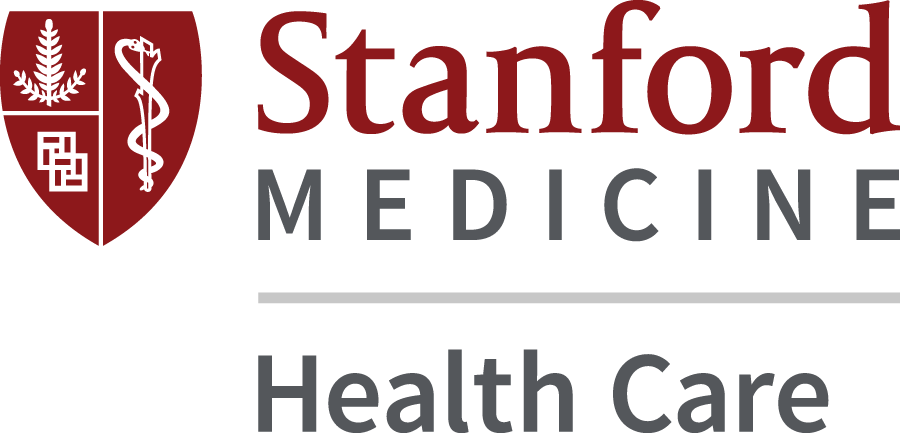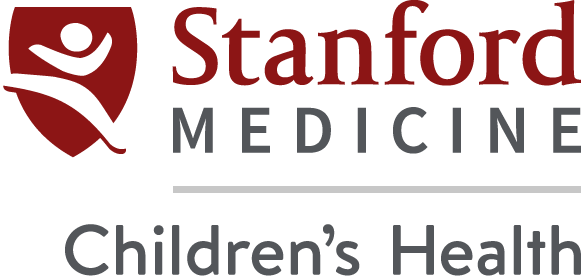Our well-being improves when we are engaged with our community, and our community thrives when we are actively involved.
HealthySteps to Wellness spoke with Jorge De Luna, director of Community Engaged Learning in Health at the Stanford Haas Center for Public Service and the Vice Provost’s Office of Graduate Education, to get more information on how we can deepen our community connection and why nurturing it is important.
Why contribute to community?
By actively contributing to your community, you will help improve it for yourself and others.
The community’s health will benefit:
“The fabric of our larger communities has become frayed, so it’s important to connect with our larger community. When we do that we’re creating a better place for everyone to live in.”
De Luna cites the organizing power of different communities to advance civil rights, such as the LGBTQ community in fighting for better access to HIV/AIDS medications. He notes that only actively engaged communities can resolve social problems, issues or concerns. By connecting to our community, we can contribute to the transformations we want to see.
Your own well-being will benefit:
Contributing to our community imparts a sense of purpose because we are helping improve the lives of others. Additionally, when we’re active in our community, we build social connections and bolster our social support, which is linked to better physical and mental health outcomes.
“Joining a community is as much about contributing as it is about receiving the social support you need from others.”
Thinking and doing — collectively
By virtue of our existence, we are part of a community or multiple communities. De Luna defines community as “common unity”: people in close geographical or virtual proximity coming together with shared interests, backgrounds, concerns and desires to coexist in the best possible way.
However, despite common ground, communities are not monoliths. A common mistake can be overemphasizing how members of a community are vastly different than we are; or, conversely, thinking they are composed of people who look, think, believe and feel the same as us. A remedy for either is having a genuine interest in getting to know people and being intentional about understanding their context and varying worldviews.
“The reality is that communities are made up of vastly different people with vastly different life experiences, points of view, values, needs and talents. I believe we can best participate in our community when we think collectively, with an open mind, a non-judgmental attitude, and lots of humility about what we can learn and gain from others in our community.”
Connecting in different ways
There are many opportunities to engage your community at a basic level, including attending music festivals, local museums and public events, like Bike to Work Day. If we want a deeper connection, we can volunteer, join an organization’s board or run for office.
De Luna also speaks to how the connections we make in smaller groups can impact the larger community, and that we must try to connect the actions and work of these groups to helping the larger community become more healthy, equitable and inclusive.
For example, a hiking group comes together because they have a common love for the outdoors, and they build connections that help reinforce their shared love for the environment. The group members may become more ecologically minded and actively work to improve their environment by picking up trash they find, avoiding one-use containers, or writing to legislators advocating for environmental protection legislation.
De Luna’s five tips for better community engagement
1. Start by listening
One of the first steps to deepening your community connection is to acknowledge the people you encounter in your community. De Luna notes that we often spend our days isolated and closed off, which is why simple gestures — such as saying ‘hi’ or ‘thank you’ — will help forge connections.
“When you enter a community, start by listening. You should go in with an attitude of humility with what you’ll discover about this community.”
De Luna suggests learning as much as possible about the community you want to engage with, including its goals, values and membership. Then, ask yourself if this is the community where you want to invest your time, talents and efforts. However, don’t let uncertainty stop you from engaging with a community you care about.
The Haas Center espouses a set of Principles of Ethical and Effective Service. One of these principles — reciprocity — refers to the idea that when we engage with the community, we are not saviors, but rather learners and collaborators in an endeavor of mutual benefit. Through this, we can build trusting relationships and become effective contributors.
2. Identify the issues that are important to you
Finding one’s cause is important. Identify the issues that are personal to you and that you are passionate about, such as education, health, the arts or politics. Once you’ve identified the issue in your community that you want to work on, look for the organizations or groups with which your values, interests and heart align.
“When we engage in the community, it is important to think about what is most important to us.”
3. Focus on your strengths and interests
It is easier to build and maintain our community connections if we enjoy our community work. To determine where you want to dedicate your time, ask yourself what you want to affect, impact or change.
“Needs, interests, passions and concerns change throughout your life. Ask yourself, ‘What is the one thing that really matters to me right now?’ If the answer changes as time passes, you can gently let go of your previous priorities and enter into new ones.”
De Luna mentions that we need to make a choice about where and how we can make the greatest impact. One way is by investing our time, energy and talents into something you already do. Because De Luna is trained and interested in public health, he leads free health education classes in his community, which allows him to connect with like-minded colleagues and learn from those he teaches.
4. Don’t overcommit
Don’t take on more than you can handle or make promises you can’t fulfill. Respectful community engagement is not about the number of days or hours we put in, but rather about our spirit of collaboration, shared goals and desire to make our community a better place to live, grow and play.
Consider designating your time in the community as “me time.” Put it on your calendar to affirm your commitment. You may also want to share with your loved ones why your commitment is important to you and how you are contributing to your community. By getting acknowledgement and support, you are more likely to stick with your commitment.
5. Keep showing up
There are times when we can’t contribute as much as we would like. Sometimes we need to be nurtured and supported, and other times we need to nurture and support others. When you find yourself needing to take a step back, you can still continue to show up to sustain your commitment — even if you are taking a smaller role.
To maintain and build community connections, De Luna’s advice is simple: show up and don’t give up.
“Don’t be afraid to take on the opportunities and responsibilities that come your way, especially if you have the passion, skills or expertise needed to serve your community.”
By Katie Shumake
May 2019
For more information and resources on deepening your community connection,
visit the Stanford Haas Center for Public Service.


